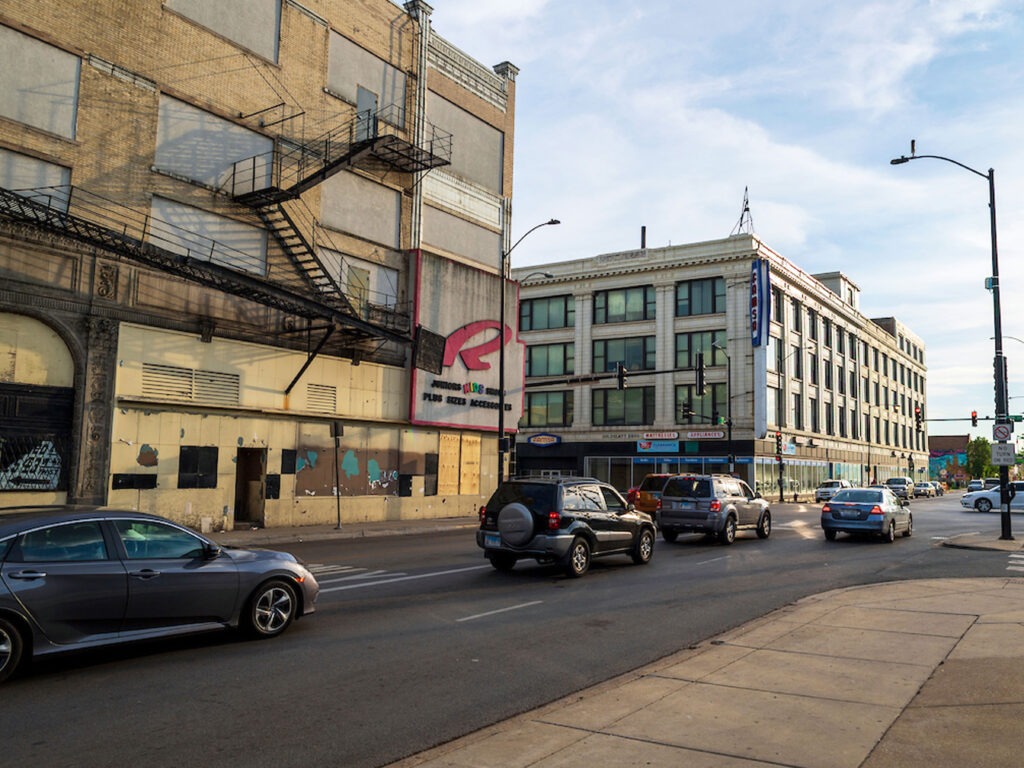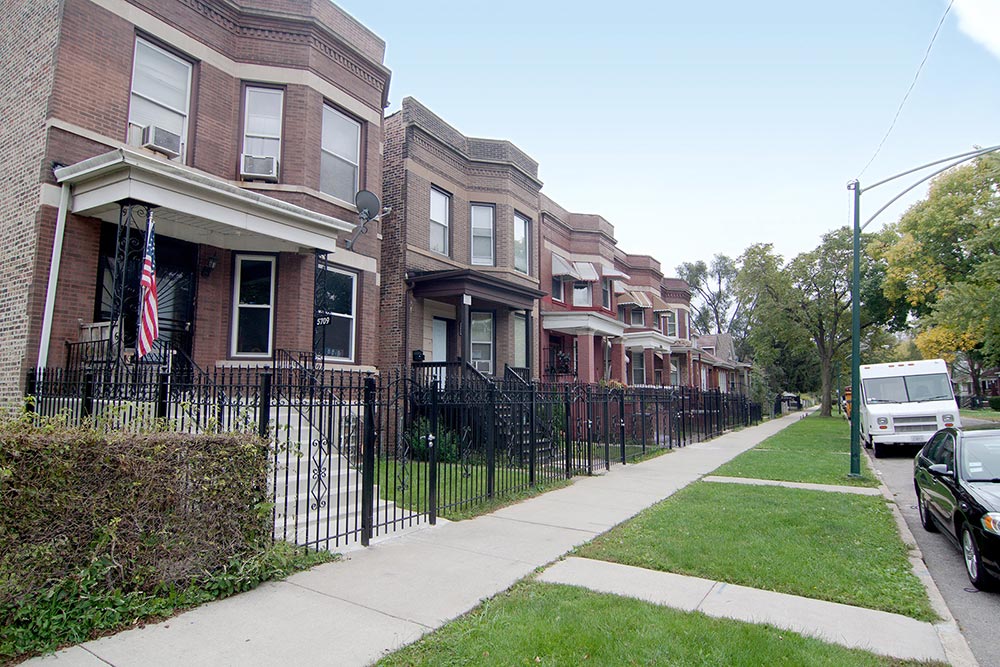New City in Chicago
New City, a distinct community in the heart of Chicago, is a canvas of history, diversity, and neighborhood resilience. Located on the southwestern side of the city, this area is an intriguing blend of industrial and residential pockets. Explore the rich history, geography, and socio-cultural fabric of New City, Chicago.
A Geographic Overview
New City is one of the 77 official community areas of Chicago, situated in the South Side district. The total area spans 4.86 square miles. According to the 2020 census, the community houses a population of 43,628, with a density of 9,000/sq mi.
Neighborhoods of New City
New City is home to two primary neighborhoods: Back of the Yards and Canaryville. Each has its unique charm and history.
Back of the Yards
The Back of the Yards neighborhood derived its name from its proximity to the former Union Stock Yards. It was a bustling industrial sector that employed thousands of European immigrants in the early 20th century. The neighborhood’s life and dynamics were vividly captured in Upton Sinclair’s 1906 novel The Jungle. The area was initially part of the town of Lake until its annexation by Chicago in 1889.
The neighborhood was majorly inhabited by Eastern European immigrants and their descendants, who were predominantly ethnic Lithuanian, Bohemian, Moravian, and Slovak. The community organizing efforts by activist Saul Alinsky in the 1930s led to the establishment of the Industrial Areas Foundation in 1940, which trained community organizers.
Canaryville
Canaryville is one of Chicago’s oldest neighborhoods, bordering Bridgeport. The neighborhood, historically, was a largely Irish American enclave, establishing its roots from Irish immigrants escaping the Great Famine in the mid-19th century. Over time, Canaryville has welcomed Latin American immigrants, predominantly Mexicans, and is now a mix of Irish and Mexican descent.
The origin of Canaryville’s name is attributed to either the sparrows that fed in the stockyards and railroad cars in the late 1800s or the white youth gangs known as “wild canaries” during the early 1900s.

Union Stock Yards: A Historic Landmark
The area was home to the famous Union Stock Yards until its closure in 1971. This stockyard was a significant employment generator for the local population and even attracted immigrants from across the globe.
Historical Population Trends
The community area of New City witnessed fluctuating population trends over the years. The peak population was recorded in 1930 with 87,103 residents. Over the decades, the population reduced, recording 43,628 residents in 2020.

The Transition of New City
The closure of major packinghouses between 1952 and 1962, followed by the shutting down of the stockyards in 1971, marked a significant shift in New City. The area gradually welcomed new industries that replaced the cattle-based trade. By 1991, over 100 companies moved into the area, employing more than 10,000 workers.
Community Organizing and Activism
Poor living conditions and a lack of public services prompted community organizing in New City. The Back of the Yards Neighborhood Council (BYNC) was formed in the 1930s, pressuring city officials for amenities like school lunch programs and fluoride in drinking water. Other organizations, such as the Hispanic United Neighborhood Organization and the African American Organization of New City, emerged in the 1970s to offer basic social services to Latino and African American laborers.
New City, Chicago, is a fascinating blend of history, culture, and resilience. Its diverse neighborhoods, rich industrial past, and vibrant community life make it an intriguing part of Chicago’s urban landscape. Despite the many changes it has undergone over the years, New City continues to retain its distinct charm and character, embodying the spirit of Chicago in its unique way.


